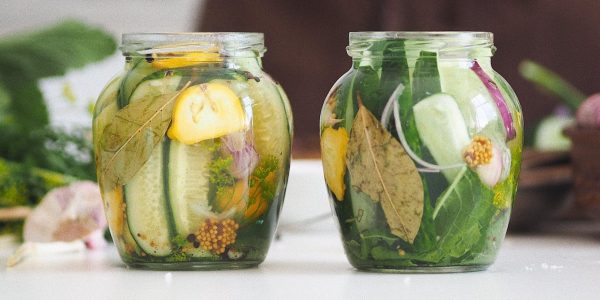The modern fermentation process combines innovation and tradition to create a diverse range of vinegars
- Production
- Naturalness

From its low calorie and nutrient content to its health benefits, discover how vinegar can contribute to your well-being.

Explore the timeless and modern applications of this versatile liquid that continues to play a significant role in our lives.
- History
 Tracing back to Latin and ancient Greek origins, vinegar’s story intertwines with the growth of winemaking and ancient civilizations like the Greeks, Romans, and Egyptians. From its role as a preservative to its presence in medicine, art, and more, vinegar’s evolution comes alive on this historical journey.
Tracing back to Latin and ancient Greek origins, vinegar’s story intertwines with the growth of winemaking and ancient civilizations like the Greeks, Romans, and Egyptians. From its role as a preservative to its presence in medicine, art, and more, vinegar’s evolution comes alive on this historical journey. - Trade
An in-depth analysis of the vinegar trade in Europe, presenting extensive information, figures and data about exports and imports, key trading partners, tariff rates, and the global ranking of the product.
- Vinegar CommitteeIn the Vinegar Committee, the European vinegar industry associations and vinegar producers work together in trust and discuss issues of commodity knowledge and quality assurance.
- Blog & News







